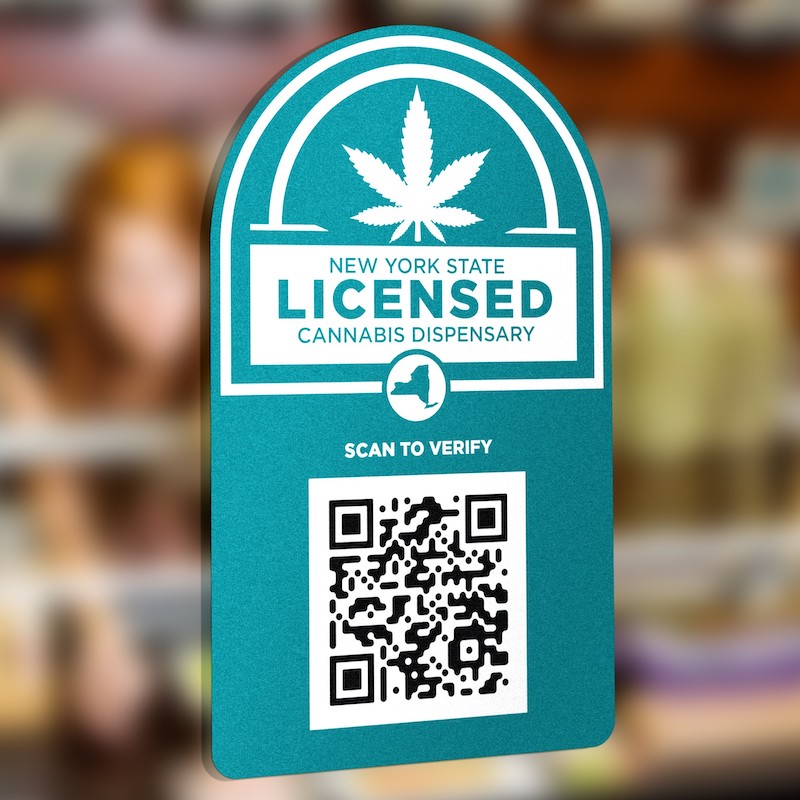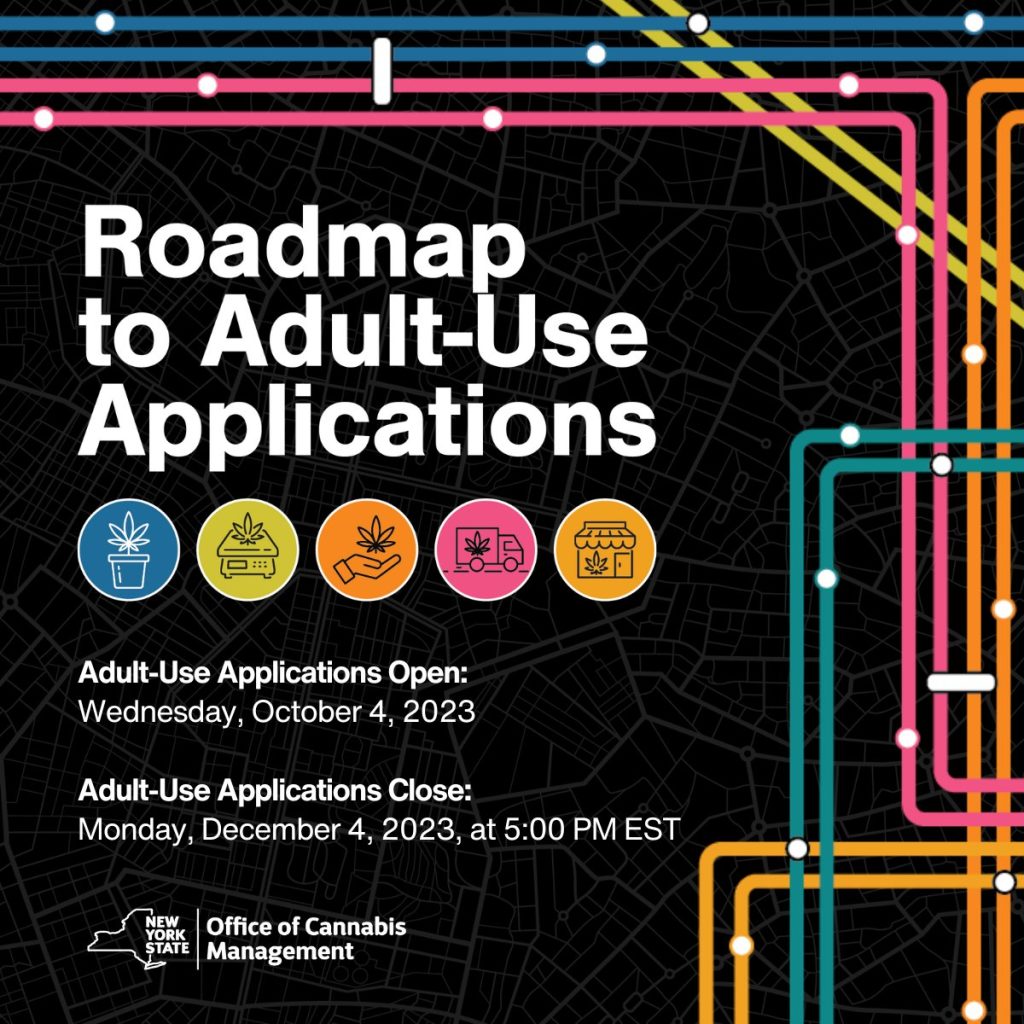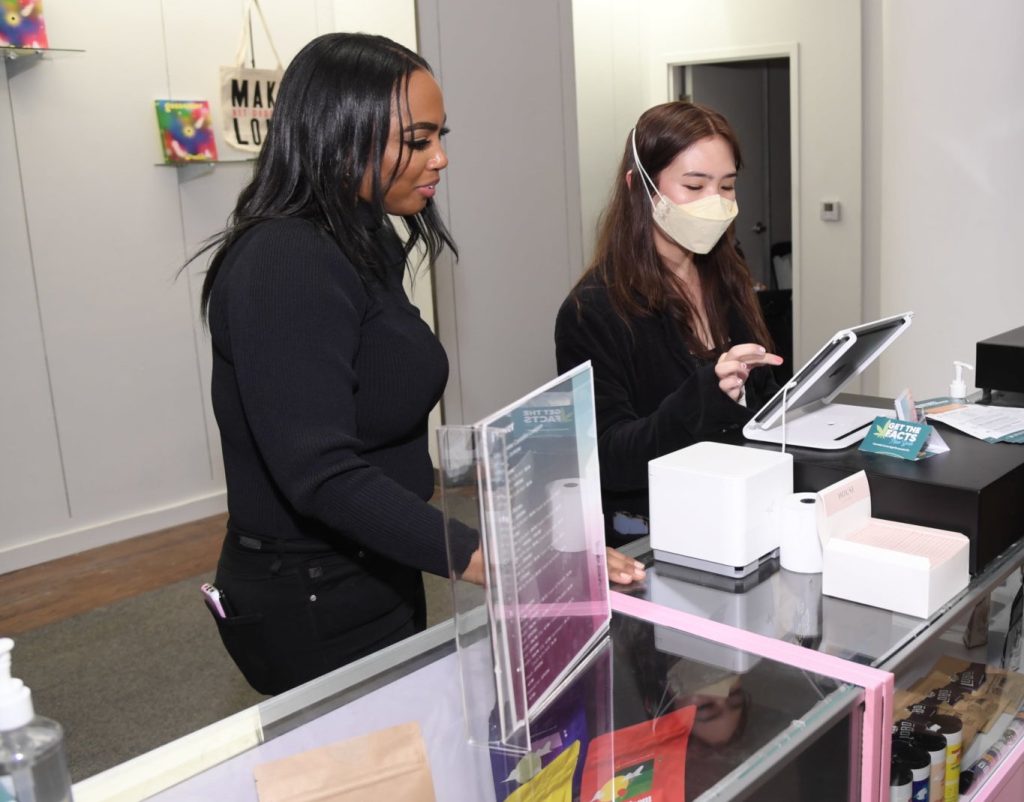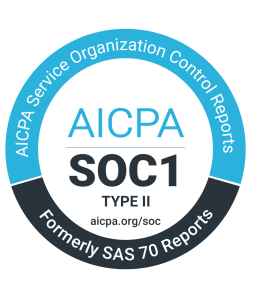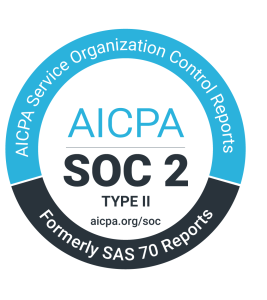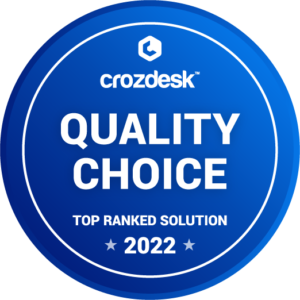
The New York Office of Cannabis Management (OCM) has opened the application window for aspiring cannabis entrepreneurs interested in obtaining a license. For this new licensing round, the OCM has two options for applicants: Non-provisional and Provisional. In this blog post, we will discuss the differences between these two classifications and provide a step-by-step guide on how to apply for a cannabis dispensary license from the OCM in New York state.
Provisional vs. Non-Provisional Dispensary Retail License
The Office of Cannabis Management has indicated that the primary distinction between a provisional and a non-provisional dispensary retail license is whether or not the applicant has “site control,” proof of a lease or deed on the site property, and has submitted a Notice of Municipality 30 days prior to submitting their application.
Applicants who submit a Non-provisional dispensary license application will receive a priority review by the OCM for licensing, however, the application deadline is much sooner on November 17th, 2023, at 5 p.m. EST.
Applicants who do not have “site control” will need to submit a provisional dispensary retail license application. The applicant will still need to meet all the qualifications for licensure but they will be granted 12 months from the issuance of the provisional license to secure and open their dispensary location. The application deadline for provisional dispensary licenses is on December 18th, 2023, at 5:00 PM EST.
Step 1: Understand the Requirements
Before starting the application process, it is crucial to familiarize yourself with the requirements set by the OCM. Some of the key requirements may include:
- Proof of residency in New York
- Background checks for all individuals associated with the business
- Detailed business plans, including financial projections and security measures
- Business owners are not required to have a location at the time of submitting their license application. However, if approved for a provisional license, applicants must determine the operating location before their final license is issued.
- Compliance with local zoning and land use regulations
Entrepreneurs interested in applying for a cannabis retail license are encouraged to attend an event on OCM’s Roadmap to Adult-Use Applications Tour. They will be hosting several events around the state to educate prospective applicants on how to complete their application, what documentation is required, and what social equity programs are available to them if they meet the qualifications.
Step 2: Form the Business Entity
Forming the business is a pivotal moment for New York cannabis applicants and serves as the first step of a long but rewarding journey into an emerging and evolving industry. Creating your business entity requires applicants to register with New York State as a New York or non-New York company and the IRS to receive your formation documents and Federal Employer Identification Number (FEIN aka EIN). It’s important to note that this number cannot be updated later.
Once you have the business entity formed, you’ll be able to use these numbers and formation documents in your application for a provisional or non-provisional cannabis license.
Step 3: Notice to Municipality
For anyone applying for a cannabis dispensary license in New York, it’s critical to notify the local municipality as soon as possible. A Notice to Municipality must be submitted 30 days before submitting the cannabis retail application to the OCM.
Applicants must also consider the zoning laws for cannabis retailers in New York when identifying a location for their dispensary. Cannabis retailers are not allowed to be on the same road and within 500 ft of a school building and its grounds. A licensed dispensary is not allowed to be within 200 ft of a house of worship. In a town, city, or village with a population of over 20,000, a dispensary is not allowed to be within 1,000 ft of another retail dispensary or microbusiness retail location. In a town, city, or village with a population of less than 20,000, a cannabis dispensary cannot be within 2,000 ft of another retail dispensary or microbusiness retail location.
While there are some municipalities that have ‘opted out,’ the Office of Cannabis Management is not required to refuse an application based solely on municipality approval. It is certainly something that will be taken into account during the review process but is not an immediate disqualifier.
Step 3: Social and Economic Equity Eligibility
The Social and Economic Equity (SEE) plan is a program that aims to award 50% percent of all adult-use licenses to certain applicants who have been negatively impacted by the war on drugs. To qualify for SEE status, the applicant must be a business with a majority owner that comes from a community disproportionately affected by cannabis prohibition such as: a minority-owned business, a women-owned business, distressed farmers, or disabled veterans.
All of the following must apply to qualify. The owner must
- have real, substantial, and continuing ownership of 51% equity share in the business;
- have the right to execute any business and legal contracts;
- have the ability to exercise influence and decision-making during daily operations.
- have no timed or triggered recusal provisions, side letters, or side agreements.
- have the ability to direct decisions, voting or otherwise, such that no other person may exercise or have the ability to control the majority of voting rights or appoint or remove the majority of directors’ seats or their equivalent or corporate officers or their equivalent on the governing body.
It’s common to have more than one share-holder for cannabis businesses but the OCM does require applicants to submit True Parties of Interest (TPI). This requires background information on all of the invested owners and is designed to protect the integrity of the two-tier cannabis market architecture. It also establishes protocols for monitoring and enforcing the vertical and horizontal ownership restrictions. This is imperative to maintain the independence and autonomy of New York’s adult-use cannabis retail licensees.
If the majority share-holder does meet the requirements for the SEE Plan, they’ll be privy to 50% off their application fee, as well as, a 50% reduction on the annual license renewal fee. One of the biggest advantages is that qualified SEE applicants receive priority review for adult-use licenses, with a bonus prioritization for microbusiness, delivery, and nursery licenses.
Additionally, the Cannabis Hub and Incubator Program (CHIP) provides direct support by offering counseling services, education, small business coaching, financial planning, and compliance assistance to SEE licensees. Social and Economic Equity applicants can choose to apply for either a provisional or non-provisional dispensary license providing they submit before the respective deadline.
Step 4: Select Cannabis POS Software
This step is a new addition to the application process for cannabis retail licenses. Applicants will be required to provide the name of the cannabis POS system they intend to use once licensed. In addition to naming the cannabis software provider, the application is also requesting a pre-license contract or purchase order showing that they will be ready to implement the POS soon after being granted a cannabis dispensary license.
Selecting a cannabis POS software is a major decision and with such a short application window, applicants are forced to make this decision quickly. The best way to ensure you select a system that is reliable and offers the functionality necessary to grow your business is to ask other dispensaries who they use for software. CAURD licensees can tell you about their experience using their software and, more importantly, the quality of customer support.
Housing Works Cannabis Co. is a prime example of a cannabis dispensary that has used technology to expand its business with delivery and express pickup. As the first legal cannabis retailer in New York, they needed software that could manage both in-store and online sales. BLAZE provided software that helped them set up an online store, accept payments online, and manage delivery logistics all with one platform. Since their opening, they’ve expanded their delivery zones and grossed $12 million in their first six months of operation.
Soon, the Office of Cannabis Management will be requiring dispensary licensees to utilize the BioTrack track-and-trace system to report their sales and inventory. This will be a big transition for New York operators, so it’s important for dispensaries to select a cannabis POS software that integrates with BioTrack so that reporting sales is a seamless automated process. BLAZE has already integrated with BioTrack successfully in other states and is prepared to help operators make this transition.
Anyone applying for a provisional or non-provisional cannabis license should ensure that their POS software provider offers these key components built-in to be successful:
- Compliant point-of-sale software that integrates with BioTrack track-and-trace
- Native e-commerce software that can facilitate pre-paid orders
- Built-in delivery management to expand your retail footprint
- Integrated cashless payments for in-store and online sales
- Experience working with New York cannabis retailers
If you are searching for dispensary POS software to complete your cannabis retailer application, reach out to BLAZE to schedule a demo and request a pre-license contract that will activate only after you receive your license.
Step 5: Complete Your Application
Preparation is essential when submitting an application. Applicants need to compile all of the required documentation and be ready to provide evidence for SEE qualification, financial TPI disclosures, the Notice of Municipality, and even the point-of-sale software provider to ensure a smooth submission. Make sure to double-check that all documents are complete and accurate. Incomplete or incorrect applications may result in delays or rejection. We recommend consulting the Adult-Use Application FAQs to see a complete list of all the required documentation.
Once an applicant has everything prepared, they can apply on the OCM website. Here you will find links to the online application, that is within New York Business Express (NYBE). If you already have a NYBE Business Profile linked to the applicant, then you can apply using the NY.Gov login that is associated to the existing NYBE profile. If you don’t have a NYBE Business Profile, then you will need to create a NYBE Business Profile using a NY.Gov login to start your application.
Step 6: Pay the Application Fee
Along with the application, you will need to pay the required application fee. The fee amount may vary based on the type of license and whether or not the applicant qualifies for the SEE program. Keep in mind that the fee is non-refundable, regardless of the outcome of your application.
| License Type | Fee Amount | Payment Notes |
|---|---|---|
| Adult-Use Retail Application Fee | $1,000 | The application fee is required to be paid online in order to submit an application. |
| SEE Adult-Use Retail Application Fee | $500 | The application fee is reduced by 50% and required to be paid online in order to submit an application. |
| Adult-Use Retail License Fee | $7,000 | The license fee is required to be paid online once the license is approved in order for the final license to be issued. |
| SEE Adult-Use Retail License Fee | $3,500 | The License fee is reduced by 50% and required to be paid online in order to submit an application. |
| Adult-Use Retail Dispensary Limited Consumption License Fee | $10,000 | The license fee is required to be paid online once the license is approved in order for the final license to be issued. |
Step 7: Await the OCM’s Decision
Step 8: Obtain Your Dispensary License
